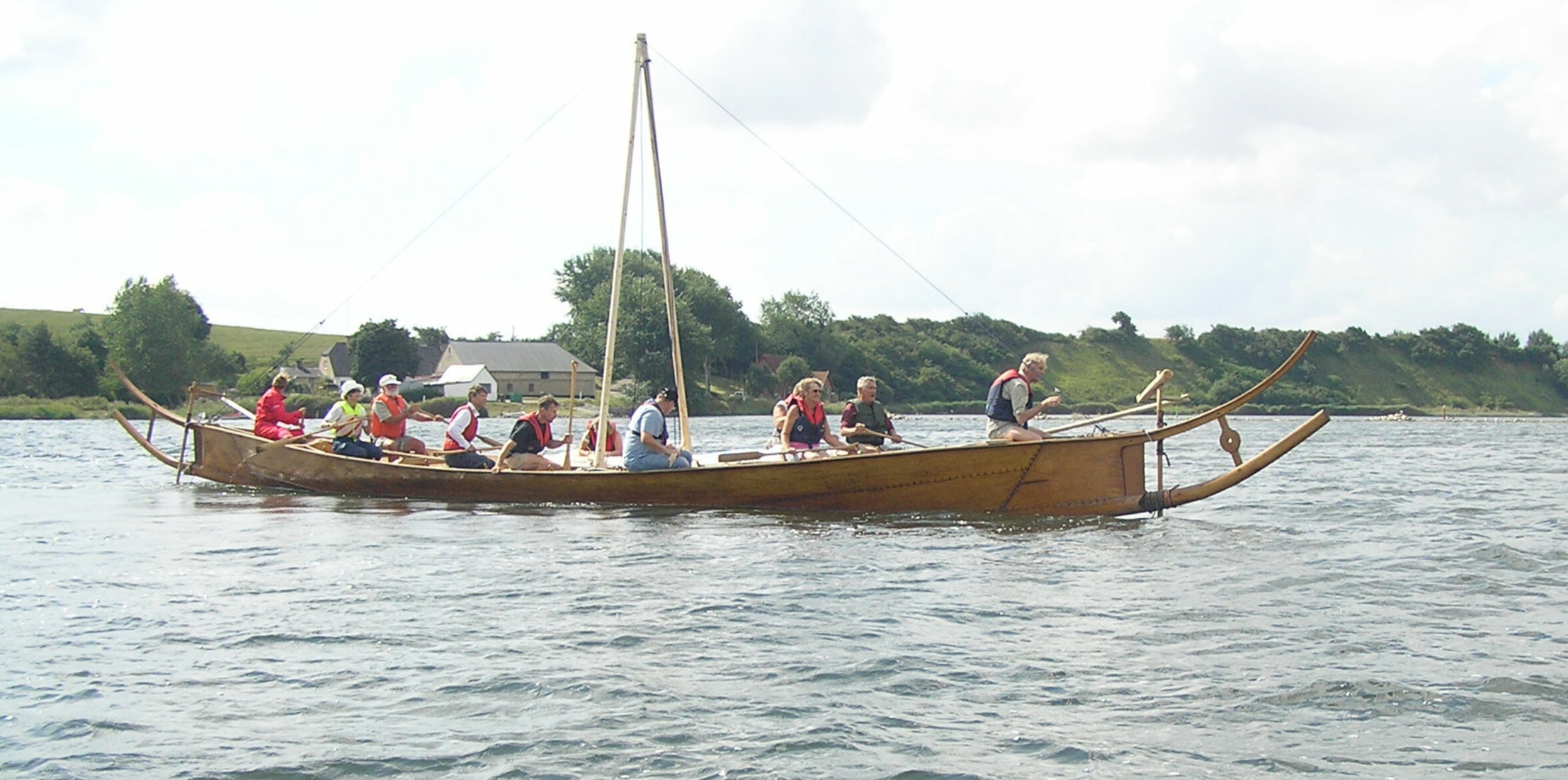Bronze Age Scandinavians may have traversed from Denmark to Norway directly over the open sea on large canoes, scientists say.
The cultures of people from this time in northern Denmark and southwestern Norway were alike, with similar artifacts, burial systems, and architecture.
Until now, researchers thought the cultural exchange between the two regions was likely made possible by vessels traveling along a specific, long route.
This was a 700-kilometre (434 miles) route following the coastlines of Scandinavia, across Denmark, up the coast of Sweden and back down to southwestern Norway.
However, a new simulation suggests ancient people in these regions may also have traveled directly between the two sites, crossing over more than 100 kilometres (62 miles) of open ocean.

For their study, scientists developed a computer programme that assessed factors like current and wind, along with data on how a vessel moves through the water.
They simulated trips using a reconstruction of the Hjortspring boat – a large paddle-driven canoe used around 350 BC.
Researchers compared direct open water journeys (110 km) and “coast-hugging” (700 km) voyages between Jutland and southwest Norway in the Early Nordic Bronze Age.
These two areas are known to be “closely connected” in the later part of the Stone Age throughout the Bronze Age between 2350 BC and 1500 BC, scientists say.
The latest simulations showed that Bronze Age people likely had the ability to travel directly from Denmark to Norway over the open ocean.
These trips, scientists say, would have required a boat capable of navigating in waves up to a metre high and winds of up to 10 knots, along with good weather forecasting and navigational skills.
While the longer route along the coastline was safer and possible all year round, the direct open-ocean crossings were likely limited to the summer months, researchers say.
The longer trips would have also taken many weeks to complete and required frequent stops to restock supplies, they say.
“Our findings show that systematic and regular crossings over long stretches of open sea were possible in vessels similar to the Hjortspring boat and that such journeys might have begun already by c. 2300 BC,” researchers wrote.
“Nevertheless, successful journeys needed crews with extensive maritime know-how and seafaring skills,” they added.
Scientists say the model developed in the study could also be adapted to study other seafaring cultures, given sufficient information about the shape and specifications of their vessels.
“This tool offers a new way to assess navigation and seafaring abilities in prehistory while also enabling the direct comparison between different type vessels and vessel configuration, navigational skills and propulsion,” the researchers wrote.
Source: independent.co.uk


